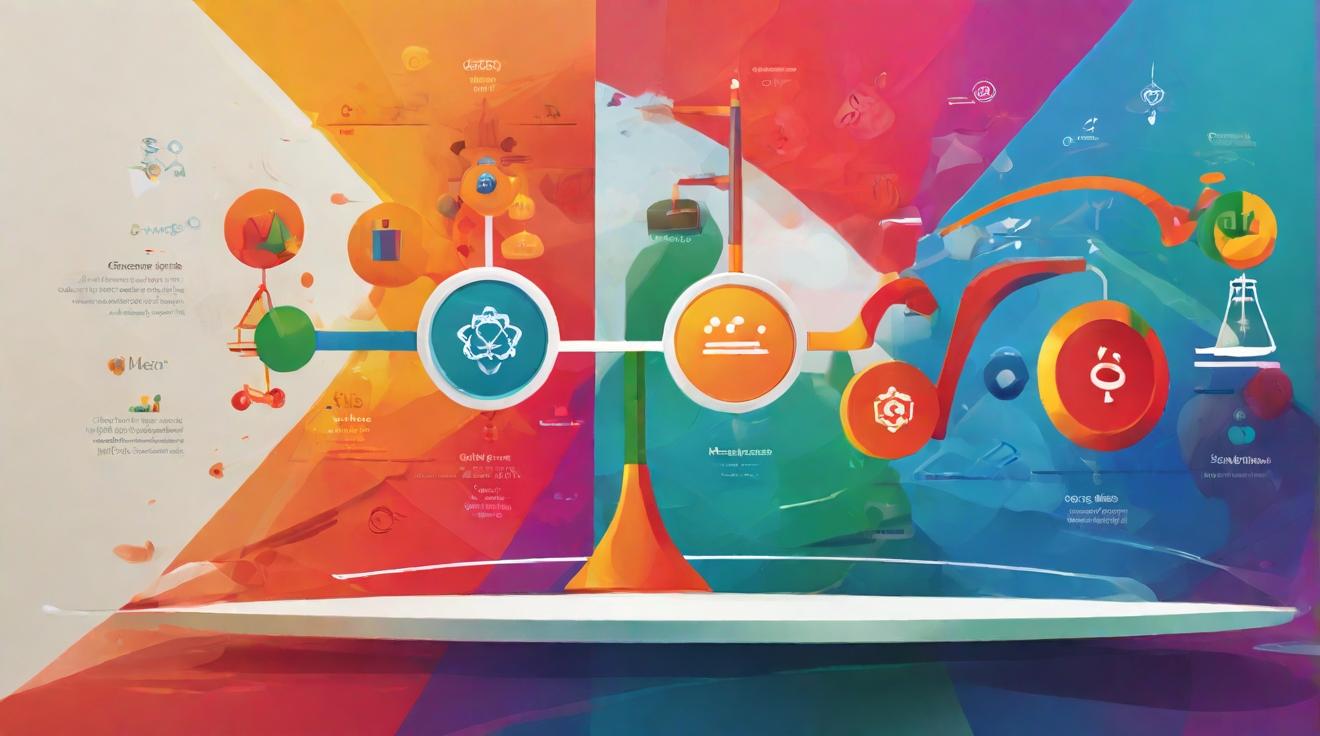Understanding the Decline in NFT Popularity
Over the past year, Non-Fungible Tokens (NFTs) have faced a significant downturn. Once a booming market with sales like $91 million for 'The Merge,' they are now considered "dead" 96% of the time (source: Cointelegraph). The steep decline is attributed to a drop in trading volumes, as mentioned by Tiff Huang, Go-to-Market Director at ME Foundation, during Breakpoint 2024.
In January 2022, Ethereum-based NFTs recorded around $4 billion in trades, but recently, this figure has plummeted to $400 million across all platforms. A primary reason for this decline is the shift from mandatory to optional creator royalties, making it less attractive for artists and creators to engage in the NFT space.
Market Adjustments and Platform Competition
Originally, platforms such as OpenSea and Rarible enforced automatic royalty systems where creators could set a percentage (usually 5-10%) from secondary sales. However, competitive pressure has led platforms to reduce or eliminate these royalties. For instance, platforms like X2Y2 and Blur have gained popularity by offering no-fee transactions, encouraging more users to trade without the obligation of paying royalties.
Are NFTs Evolving or Truly Dying?
Despite the downturn, some key players like Frank Degods argue that NFTs are evolving. Initially exclusive artworks, NFTs have expanded into broader collections, becoming more tradable due to technological advancements. The market's shift towards smaller, more exclusive collections highlights a transformation rather than a decline.
Changing Dynamics and New Opportunities
The shift from large 10,000-piece collections, once popular, to smaller, exclusive ones like Boogles on Solana, suggests a transition in the market dynamics. Luca Schnitzler, CEO of Pudgy Penguins, agrees, noting that while NFTs are less liquid for big investors, they remain valuable for community building.
Pudgy Penguins is focusing on blending consumer adoption with blockchain technology, even launching physical products. This move, rather than diverging from NFTs, aims to strengthen the brand and community.
Looking Ahead: The Future of NFTs
While trading and interest have waned, this cyclical trend in the cryptocurrency market may lead to a resurgence. Many top NFT projects continue to innovate and explore new paths. The potential return of the NFT market may bring unique projects to the forefront, possibly with Solana as a leading platform for this new era.
In conclusion, while the current state of NFTs appears bleak, industry leaders remain optimistic. The NFT market is in a phase of evolution, potentially setting the stage for a new wave of growth that aligns with changing collector preferences and technological advancements.













